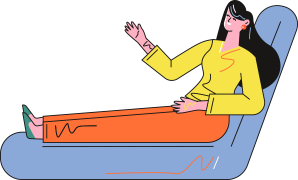Can neurodermatitis turn into cancer?
Updated on September 29, 2024
00:00
00:00
Neurodermatitis, also known as chronic simple lichen, is a common chronic inflammatory skin disease characterized by episodic severe itching and lichenoid skin changes. It is a neurofunctional dermatosis, and its causes may be related to various internal and external factors, including neuropsychiatric factors, diet, gastrointestinal dysfunction, endocrine disorders, and local skin irritation. Currently, there are no clinical reports of neurodermatitis transforming into cancer, so it generally does not become cancerous.
Trending Health Topics

Get the latest health & wellness news daily right to your inbox.
By subscribing, you agree to the Privacy Policy.


 Subscribe
Subscribe


